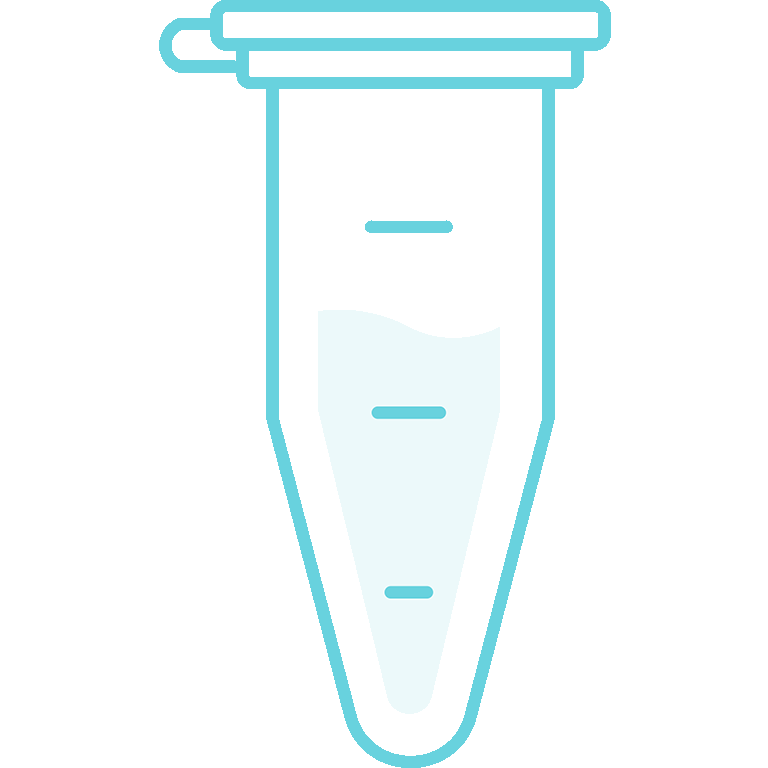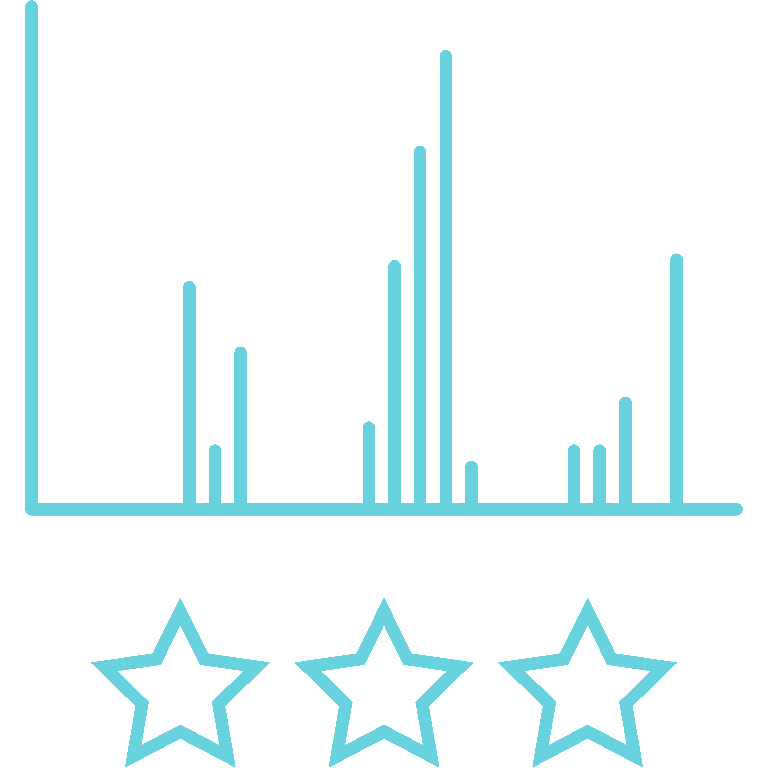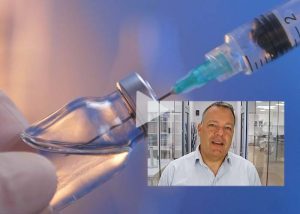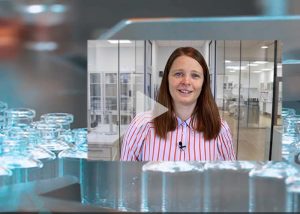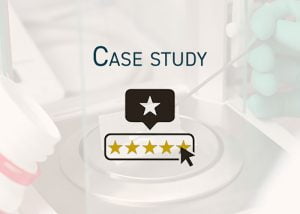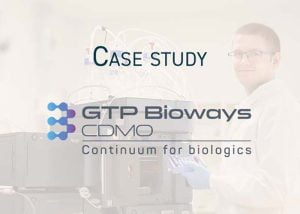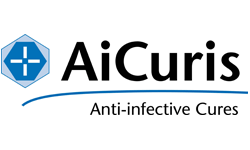Protein analysis for comparability
It is necessary to assess the comparability of a biopharmaceutical product before and after manufacturing changes to ensure that its safety and efficacy follow regulatory guidelines. Such changes may result from process optimization, production scale-up, product stability improvements, change in manufacturing sites, or technology transfer to another contract manufacturing organization. Comparability testing is also required after changes to commercial products and for biosimilar comparison to the originator product.
Quantitative, reproducible LC-MS analyses provide a fantastic tool for side-by-side characterization of the drug substance or product samples from different phases or batches. The results can help you determine intra-batch homogeneity and inter-batch consistency. Using LC-MS data, you can quickly and accurately verify protein expression correctness and drug substance purity. Alternatively, you can use them to identify post-translational modifications or degradation products, allowing for data-driven process optimization.
Detailed product characterization for comparability assessment may facilitate faster regulatory authority approval of CMC changes.

Benefits of comparability testing by LC-MS
Understand potential sources of batch variation
Compare side-by-side characterization of samples for process and manufacturing optimization
Evaluate batch homogeneity and consistency
Document the validity of chemistry, manufacturing, and controls (CMC) to facilitate faster review by authorities
Determine comparability of biosimilars and originators
Show that a biosimilar is highly similar to and has no clinically meaningful differences from its originator
Process performance qualification (PPQ) runs are essential for confirming the process design and demonstrating process robustness before commercial-scale production. EMA and FDA regulations for process validation require that drug products are produced with high batch uniformity, demonstrating process reproducibility and manufacturing control.
Traditionally, you perform PPQ runs after concluding product development. However, we recommend our comparability package for all occasions when you need to understand potential sources of batch variation. This package includes a side-by-side characterization of the drug substance or product samples from different phases or batches to determine intra-batch homogeneity and inter-batch consistency. Clients may also ask us to validate the method and analyze production scale batches so that they can include the data in their biologics license application (BLA) submissions.
Any changes to the chemistry, manufacturing, and controls (CMC) of products in approved marketing applications require new comparability testing to document the implications of these changes. Before distributing a product, you must assess the effects of any post-approval CMC changes for the potential impacts on its safety or efficacy.
How can you obtain accurate documentation quickly if you suddenly need it? With an automated setup, mass spectrometry (LC-MS) allows you to assess samples from various purification steps quickly. The high sensitivity of LC-MS enables the quantification of individual proteins at low ppm levels.
Detailed LC-MS-based comparability and product characterization can facilitate a faster review and approval of CMC changes by the regulatory authorities, moving the product into distribution sooner.
Before approving a biosimilar, regulatory authorities must be convinced that it is highly similar to its originator. They will ask that existing knowledge is sufficiently predictive to ensure that any differences in quality attributes between the originator and biosimilar have no adverse impact on the safety or efficacy of the drug product.
You can document biosimilar and originator comparability through analytical testing, biological assays, and nonclinical and clinical data. However, if analytical studies alone can assure comparability, nonclinical or clinical studies of the biosimilar product are not warranted – saving significant time and resources.
Our reproducible and quantitative LC-MS-based analyses provide detailed data on the protein amounts, product-related variants with post-translational modifications, sequence truncations, and process-related impurities. The results help you document that your biosimilar resembles the originator product closely and complies with the same strict regulatory criteria.
Typical project process
You typically work with
these experts:



Project scope
We like to start with an online meeting to learn more about your project. Based on your needs, you will receive a draft proposal outlining the suggested analyses and expected timeframe.
Samples
After signing the final project proposal, we will contact you for details about your samples. We will inform you of an estimated report delivery date as soon as we receive your samples.
Execution
A project leader will oversee the project and send you status updates by email regularly.
The analysis varies according to the project but typically includes:
- Identification and sequence confirmation of major protein isoforms and degradants using Intact mass analysis and quantitative peptide mapping.
- Assessment of common modifications, including Asn/Gln deamidation, N-term pyroglu, C-terminal Lys truncation, M/W oxidation, glycosylation, and N-terminal variants.
- Position and amount of deamidation, oxidation, and succinimide formation.
- Glycosylation profile.
- Glycation.
Results
You will receive the report by email. The contents of the report depend highly on the analysis, but it will always include the following:
- Objectives, description of analytical procedure, results, and conclusions.
- Selected raw data, e.g., excel sheets. You may request additional raw data if needed.
Follow up
We invite your team to review the results at an online meeting upon project completion.
Curious to know more?
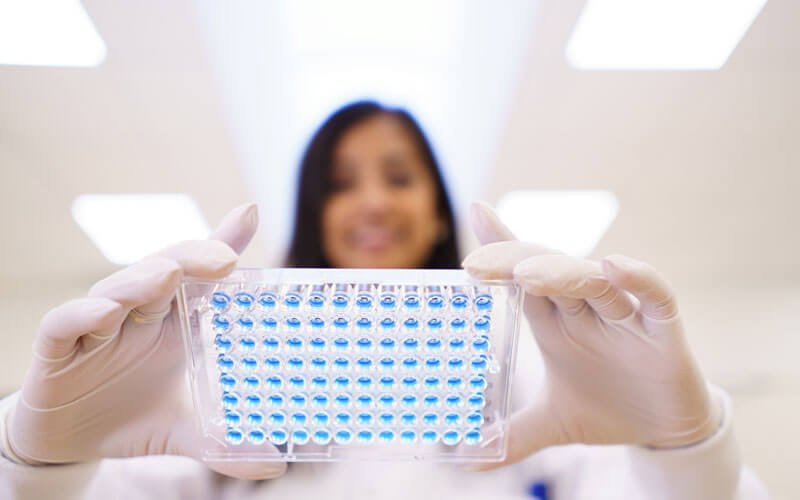
Whatever challenge or question you may have, we are here to help you solve it. One of our protein analysis experts will discuss the best analysis approach or method for your project by email or online meeting – without obligation.
Client stories
Video: GMP-validated HCP analysis based on LC-MS
Video: Analyzing unexplainable HPLC peaks or shoulders
Stability study – an important part of biologics license application
Characterization program for therapeutic mAbs
High-throughput antibody characterization service
Optimized HPLC analysis of peptides for clinical trials
Benefits of LC-MS comparability testing
Robust and reproducible LC-MS analysis for quantitative measurement and comparison
Combining intact mass analysis and peptide mapping provide the complete picture
Project-specific digest(s) and peptide mapping analysis
Range of chromatography techniques for purpose-specific analysis – charge variants, size, and hydrophobicity
What clients say
Knowledge center
Which quality attributes should be evaluated as part of a comparability study?
A detailed comparability study will typically include analysis of several quality attributes e.g. intact mass, secondary and tertiary structures. The selection of analytical procedures will depend on the complexity of the product in terms of molecular heterogeneity, but a combination of intact mass analysis with different forms of chromatography (Reverse Phase, Size Exclusion, and Ion Exchange HPLC) combined with mass spectrometry is typically an essential part of a comparability study.
Is it not enough to perform a peptide mapping analysis as part of a comparability study?
Peptide mapping is a very strong tool for detailed characterization of proteins. However, since the analysis is based on examination of protein fragments (peptides), it does not provide the complete picture including information about the intact protein itself. For complex products in particular, it will be impossible to verify the safety and efficacy of the drug based solely on peptide mapping data. To get the whole pricture, we therefore recommend combining peptide mapping with different forms of intact mass analysis.
Videos:
Client cases:
Talk to us
Whatever protein-related challenge or question you may have, we would love to help. Our experts can help you decide on the best analytical approach for your project by email or online meeting - providing advice without obligation.

